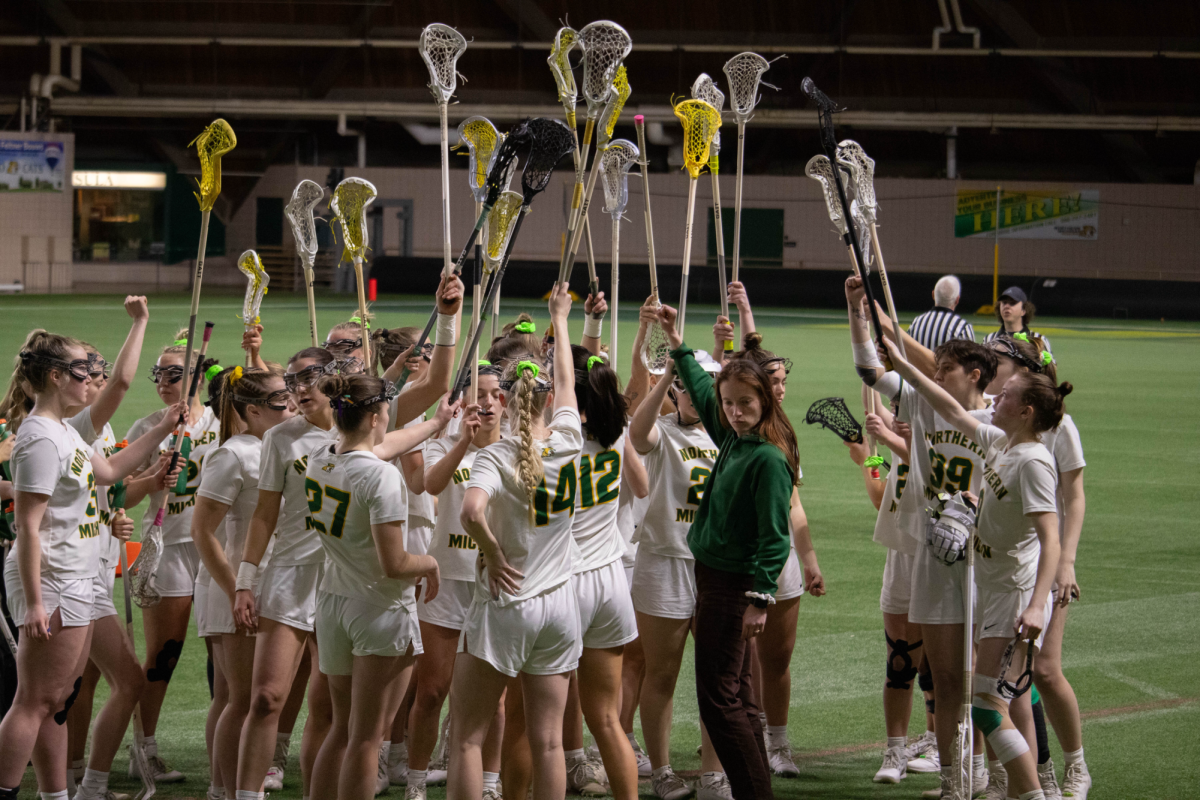Diversity is an invaluable supplement to a successful classroom. Being an active member of a course that has students who have lived in the American Midwest, the Middle East, the posh flats of Washington D.C. or the impoverished neighborhoods that surround it makes an incredible difference in the quality of your education.
In recent years, the issue of diversity has brought about arguments regarding current affirmative action laws. These laws offer a chance for students who may come from a poor socio-economic area, a dysfunctional household or an inner-city school where the quality of education is not so great.
Affirmative action allows students who may not have an impeccable GPA or a stupendous SAT or ACT score to have a chance to go to college and better themselves.
There are some who believe affirmative action allows for discrimination against another racial group: Caucasians. Abigail Fisher seems to think so. She is the high school graduate who applied to the University of Texas at Austin and was denied entrance. In Ms. Fisher’s eyes, she was discriminated against on the basis of her race; being Caucasian caused her to be overlooked.
This case, Fisher v. University of Texas at Austin, was heard this past Monday. There is a lot of speculation on the outcome of these proceedings.
The current Supreme Court has a collective ideology that leans on the conservative side of the political spectrum, leading many to believe that this case will overturn a major precedent, meaning that affirmative action would be declared unconstitutional.
The precedent that is currently in place resulted from the 2003 Supreme Court case Grutter v. Bollinger, which holds that affirmative action is constitutional, so long as it is a narrowly tailored factor in the admissions process. That means that colleges cannot use race as a predominant factor, that quotas cannot be used and that points cannot be given to an applicant based on their race.
The University of Texas has a race-neutral admissions process. They factor in two aspects when deciding admissions: the projected grade point average (PGPA) of a student in their first year and how they rank on a personal achievement index. The index derives its scores from other factors, such as where the student is from, if they are a first generation college student, etc.
The Top Ten Percent Law is also part of the admissions process at the University of Texas. Any student in the top ten percent of their class in high school is automatically accepted if they apply to the University of Texas.
Abigail Fisher was not in the top ten percent of her class, nor did she have the qualifications to attend the University of Texas. She is a jaded white student who wanted to gain entry to a prestigious university. When Fisher couldn’t, she did the American thing. She took them to court.
What Abigail Fisher fails to understand is that as a white person, she has more opportunities and advantages over other minority ethnic groups.
It is a sad but true fact. We’d like to think that every person is equal because we’ve come so far since the Civil Rights Act of 1964, but we are still operating on a system of distorted equality.
Now, I can understand the above statement could be contrived as racial in its nature. What I would like for you to do is look at some facts that are unbiased and the subsequent information received from the United States Census.
From 2007-08, the median household income for white Americans was $55,530; for Hispanics it was $37,913; and for African Americans it was $34,335.
Why is there a gap between white Americans and two of the largest minority groups in this country, which is as large as a median of $19,406? The gap exists because of inequalities that still pervade our society, inequalities that could be lessened by affirmative action laws currently in place.
Everyone deserves a chance to prosper and better themselves. Isn’t that the American dream?
Having affirmative action policies that are constitutional and fair removes the barriers that minority students face. It is something essential to our system of higher education.
It is a proven fact that diversity in the classroom results in enhanced learning; students in a diverse classroom score higher on standardized tests.
This is the grey area––the taboo garden, of black and white, wrong and right. If Fisher v. University of Texas at Austin results in the overturning of the Grutter v. Bollinger precedent, we will all feel the coarse ripples of injustice through the system of higher education.























